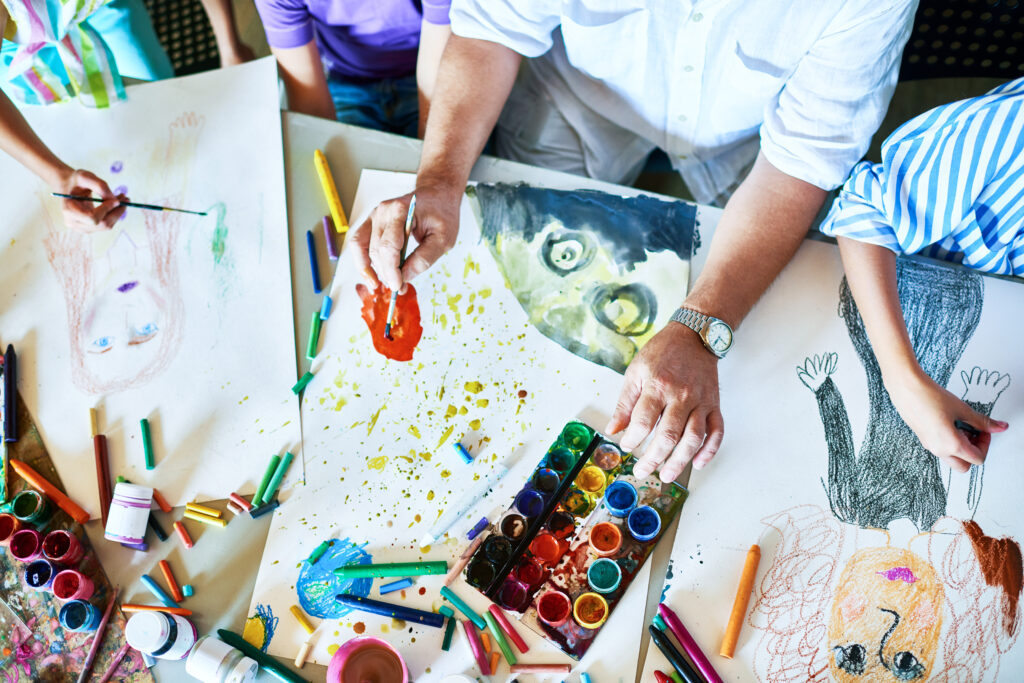At Summit Helps in New Jersey, we understand that healing from addiction goes beyond traditional talk therapy. For many individuals in outpatient intensive programs (IOP), creative expression through art becomes a powerful tool for self-discovery, emotional release, and long-term sobriety. When art meets recovery, something transformative happens—it opens a door to healing that words alone sometimes cannot reach.
The Role of Art in Recovery
Addiction often silences a person’s voice, distorts their self-image, and disconnects them from their emotions. Art therapy invites clients to reclaim their voice in a safe and nonverbal way. Whether it’s through painting, drawing, sculpting, or journaling, creative expression allows individuals to explore complex emotions like shame, grief, trauma, and hope.
At Summit Helps, our outpatient IOP integrates expressive therapies alongside evidence-based practices like cognitive behavioral therapy (CBT) and motivational interviewing. These art-based interventions aren’t just hobbies—they’re clinical tools that promote engagement, insight, and emotional regulation.
Building Emotional Awareness and Coping Skills
Creative activities help individuals in early recovery build emotional intelligence. For someone who has used substances to numb or avoid emotions, engaging in the creative process can be a gentle way to reconnect with feelings. Through guided prompts and open-ended projects, participants can externalize internal struggles—giving shape and color to thoughts they may not yet be able to articulate.
This process often leads to powerful therapeutic breakthroughs. A painting might reveal unresolved trauma. A collage might highlight core values. The act of creation itself becomes a coping skill—offering a healthy outlet for stress, anxiety, and cravings.
Art as a Bridge to Community
Group art sessions also foster a sense of belonging. In IOP, many clients are navigating isolation, shame, or stigma. Sharing creative work with peers creates connection and reinforces that no one is alone in their journey. There’s something deeply humanizing about seeing each other’s expressions of pain and resilience through art.
At Summit Helps, we’ve found that integrating art into outpatient recovery not only supports the clinical goals of treatment but also strengthens the therapeutic alliance between clients and clinicians.
Supporting Long-Term Sobriety
Sustained recovery is about finding new ways to live—new passions, new routines, and new forms of self-expression. Art can be part of that transformation. Clients often continue their creative practice after IOP, using it as a tool for ongoing self-care and relapse prevention.
Moreover, creative expression has been shown to reduce symptoms of depression and anxiety, two common co-occurring conditions in individuals with substance use disorders. By engaging in artistic activities, clients develop healthier ways to process triggers and emotions, which supports their long-term sobriety goals.
At Summit Helps, we believe recovery is an art in itself—a process of rebuilding, reshaping, and reimagining your life. By incorporating creative expression into outpatient IOP, we empower clients to find beauty in their healing and strength in their stories.
